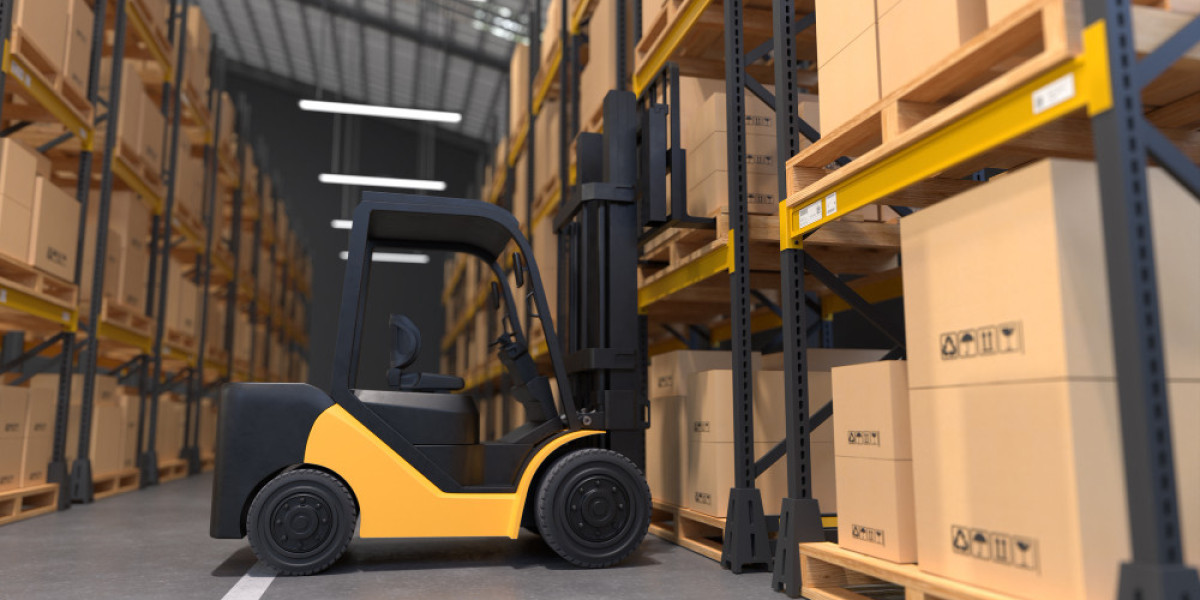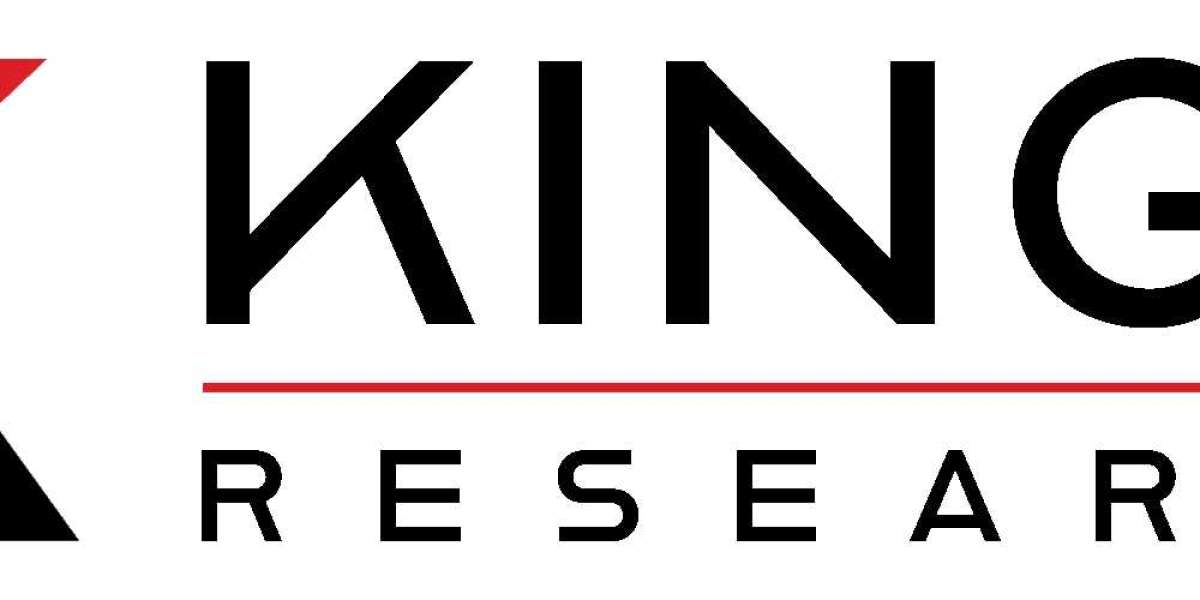In today’s fast-paced and competitive market, warehouses play a critical role in ensuring that businesses run efficiently and effectively. They serve as the backbone of logistics, distribution, and inventory management. Whether you’re a small business owner or managing a large corporation, understanding the importance of warehouses and how they function is essential to optimizing operations. In this blog, we’ll dive into the key aspects of warehouses, including their functions, types, and how they benefit businesses.
What is a Warehouse?
A warehouse is a large commercial building where goods and materials are stored, sorted, and distributed. Warehouses are essential for maintaining an organized inventory system, ensuring timely deliveries, and providing a secure space for storing products until they are needed. They help businesses manage their supply chain more efficiently by acting as a central hub between suppliers, manufacturers, and customers.
Key Functions of a Warehouse
Storage of Goods
The primary function of a warehouse is to store goods, raw materials, and finished products in an organized manner. This allows businesses to keep their inventory safe and easily accessible when needed. Proper storage techniques, including shelving and racking systems, help maximize the use of space.Inventory Management
Warehouses are integral to effective inventory management. With tools like barcode scanning, RFID technology, and inventory management software, warehouses can track the quantity, location, and movement of goods in real-time. This minimizes the risk of overstocking or understocking products, ensuring that businesses maintain an optimal inventory level.Order Fulfillment
A significant part of warehouse operations is order fulfillment. When a customer places an order, warehouses pick, pack, and ship the products. Efficient order fulfillment helps businesses reduce delivery times and improve customer satisfaction.Packaging and Labeling
Before products are shipped out, they often need to be packaged, labeled, and prepared for transport. Warehouses provide the facilities for packaging goods, adding necessary labels (like shipping addresses, barcodes, and regulatory information), and ensuring products are ready for the next phase in the supply chain.Distribution
Warehouses are strategically located to facilitate the smooth distribution of products to customers or retail locations. They serve as a staging area where goods are sorted and then sent to their final destination via trucks, rail, or ships.Security
A warehouse also provides a secure space for goods. With access control systems, security cameras, and trained staff, warehouses ensure that goods are protected from theft, damage, or other risks while they’re in storage.
Types of Warehouses
Not all warehouses are the same. Depending on the business’s needs and the nature of the goods being stored, warehouses can vary significantly. Here are some common types:
Public Warehouses
Public warehouses are available for rent and offer a flexible solution for businesses that need temporary storage space. These warehouses are typically owned by third-party providers who manage the operations. They are ideal for small and medium-sized businesses that don’t want to invest in their own warehouse space.Private Warehouses
Private warehouses are owned or leased by a company and used exclusively for storing their own goods. Larger businesses with high inventory turnover often invest in private warehouses because they offer more control and customization over operations.Distribution Centers
A distribution center is a type of warehouse that specializes in the rapid movement of goods. Unlike traditional warehouses that focus on storage, distribution centers focus on getting goods out to customers quickly. They are often used by e-commerce companies to fulfill online orders efficiently.Cold Storage Warehouses
Cold storage warehouses are designed to store perishable goods such as food, pharmaceuticals, or chemicals that require specific temperature controls. These warehouses are equipped with refrigeration systems to maintain the proper temperature and preserve the integrity of the goods.Automated Warehouses
Automated warehouses are equipped with advanced technology such as robots, conveyors, and automated sorting systems. These warehouses offer faster processing times, increased accuracy, and reduced labor costs. Many large retailers and manufacturers are adopting automation to improve efficiency and streamline operations.
Benefits of Warehouses for Businesses
Improved Inventory Control
Warehouses allow businesses to monitor and control their inventory more effectively. With proper storage systems, businesses can quickly track products and ensure that they have the right amount of stock at all times. This leads to better decision-making when it comes to purchasing and restocking inventory.Increased Efficiency and Productivity
A well-organized warehouse speeds up the entire supply chain process. From receiving products to picking, packing, and shipping, warehouses help businesses move goods efficiently. Automated systems and modern technology further improve productivity and reduce human error.Cost-Effective
Having a warehouse enables businesses to consolidate inventory in one location, which can reduce transportation costs and improve economies of scale. Companies can also take advantage of bulk purchasing by storing larger quantities of products.Enhanced Customer Satisfaction
Efficient warehouses are key to fulfilling orders quickly and accurately. By providing timely deliveries, businesses can improve customer satisfaction and build loyalty. Warehouses help businesses meet the growing demands of customers for faster shipping and more flexible options.Risk Management
Storing goods in a warehouse can reduce risks related to damage, theft, and spoilage. Proper storage systems, security measures, and inventory management protocols help protect goods and ensure their condition is maintained during storage.
Key Considerations When Choosing a Warehouse
When selecting a warehouse for your business, there are several factors to consider:
Location: The proximity to suppliers, customers, and transportation hubs can significantly impact shipping costs and delivery times.
Size and Layout: The size and layout of the warehouse should align with your business’s storage needs and inventory levels. Make sure the warehouse has sufficient space and an efficient design to maximize storage and minimize handling time.
Technology: Advanced inventory management systems, automated picking, and packaging solutions can help streamline warehouse operations and improve efficiency.
Security: Ensure the warehouse has appropriate security measures in place, including surveillance cameras, alarms, and access control to prevent theft and damage to goods.
Cost: Evaluate the cost of renting or owning warehouse space, including storage fees, labor costs, utilities, and maintenance. Compare these costs with the potential benefits to ensure that it aligns with your budget.
Conclusion
In today’s competitive business world, warehouses are vital to a company's success. They help businesses maintain efficient inventory control, streamline order fulfillment, reduce costs, and improve customer satisfaction. Whether you're managing a global supply chain or running a local operation, the role of the warehouse cannot be overstated. By understanding the different types of warehouses and their benefits, businesses can make informed decisions on how to optimize their storage and distribution strategies for maximum success.








